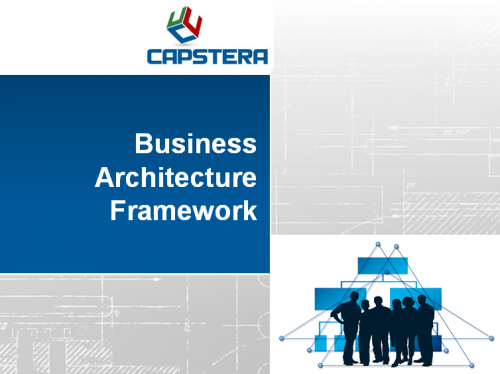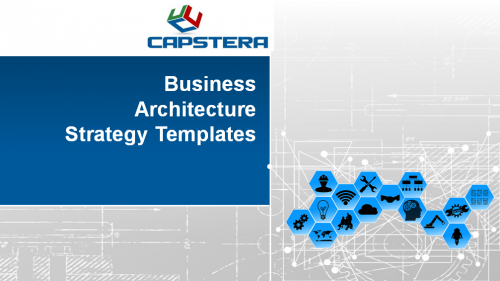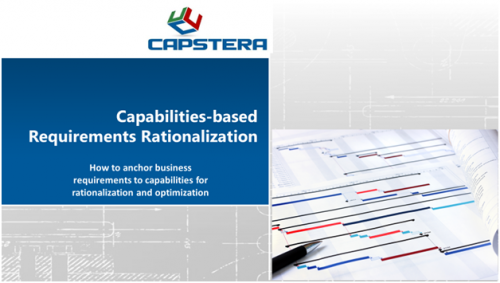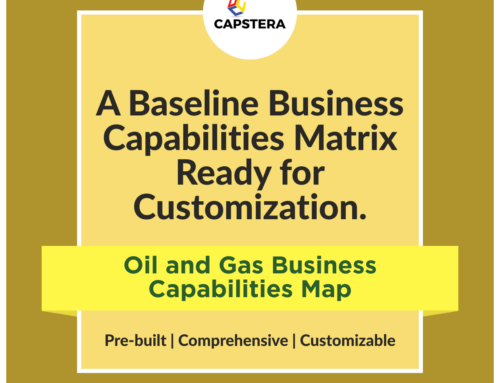
As a business analyst or consultant, how do you analyze a business process? Analyzing a business process is an essential prerequisite to gleaning insights into an enterprise’s functioning and squeezing efficiencies from the process performance.
What is a business process?
Wikipedia defines it as “A business process or business method is a collection of related, structured activities or tasks that produce a specific service or product for a particular customer or customers.”
-

Business Architecture Framework Template
-

Business Architecture Strategy Templates
Business Process Analysis and Business Process Reengineering:
Analyzing a business process is an essential prerequisite to gleaning insights into an enterprise’s functioning and squeezing efficiencies from the process performance.
Business process analysis is a way to glean insights into the inner workings of a process and identify the strengths, weaknesses, inefficiencies, and bottlenecks to help provide a framework for business process performance improvements. (Business process reengineering (BPR), an offshoot of the work by Michael Hammer and James Champy, is a more radical design of business structures and processes to eliminate waste. Hammer famously wrote “Reengineering Work: Don’t Automate, Obliterate” in his seminal Harvard Business Review article.)
What are the components of a Process Model?
- Major Process – A core flow of business. An example could be the “Prospect to Customer” process flow.
- Sub-Process – A logical and complete process within a significant process that lends itself to a hierarchical decomposition. An example could be “Website conversion” within the “Prospect to Customer” major process.
- Activities – An act completed by a user or the system as a part of the process. An example could be a prospect filling in the “Attend a webinar” form on a website as a part of the “Website conversion” sub-process.
- Task – The lowest level of granularity in a process flow, a task is a self-contained action performed by an actor or the system.
- Inputs/Outputs – The inputs that are transformed in a process leading to the outputs
Analysis of a Business Process: How do you analyze a business process
Some of the key concepts for analyzing a business process:
The Capacity of a Process:
Understanding a business process’s capacity is a crucial parameter in process analysis. Capacity is the amount of input that can go into or the amount of output created by a process while holding resources and time steady. Improving the capacity helps enterprises generate more with less, and the following are some levers for increasing and optimizing the capacity of a business process.
- Improve utilization
- Enhance efficiency
- Increase Yield
Identifying the Constraints of a Process: Each process will have some inherent constraints, making the process sub-optimal and causing it to underperform. Hence, identifying the constraints through an in-depth business process analysis is essential.
- Bottlenecks – where available capacity is lower than the demand from the next process step
- Cycle time – the time it takes for one unit from start to finish within one operation.
- Flow time – the time it takes for a unit to complete the entire process loop.
- Process complexity – which consumes a lot of input or results in deterioration of output
- Wait time and downtime – the time it takes between processes or the downtime between processes.
- Changeovers – moving from one product to another
- Schedules – whether schedules are causing bottlenecks
- Blocking and starving of specific steps in a process
A business process specialist can mark up the process flows with various notations to identify the constraints, which become areas of opportunity thru efficiency and effectiveness plans. Once you understand the fundamental process flow characteristics, determining an approach to improving a process comes next. It may involve a variety of remedies based on what emerges from the business process analysis.
(Defining a process model and reengineering a process are topics for a separate insight.)
What are your thoughts on how to analyze a business process? And what is your opinion on how business processes are integral to business architecture via the Value Streams?
-

Business Architecture Framework Template
-

Business Architecture Strategy Templates




